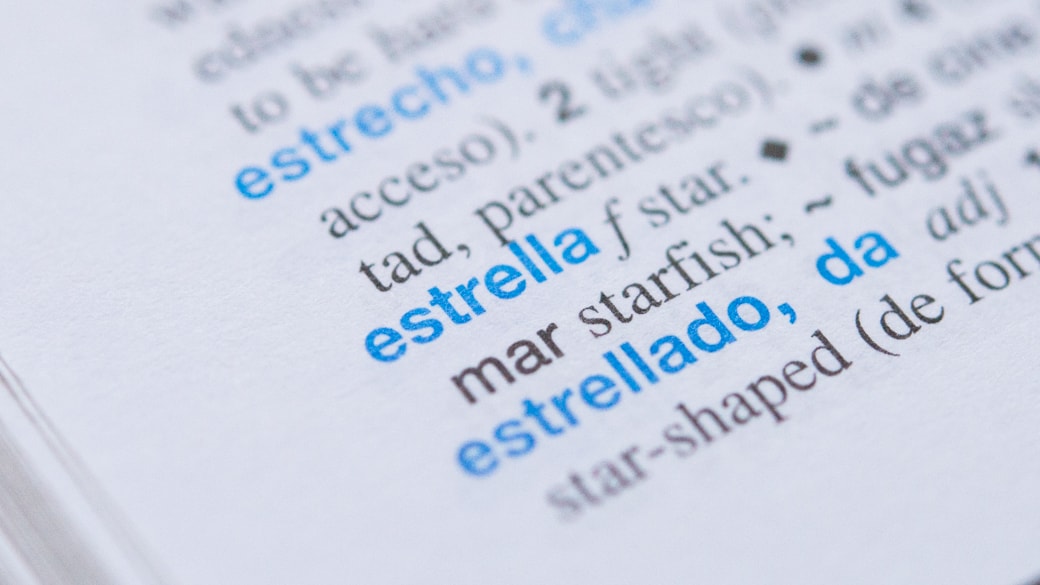Ready to be matched with your ideal tutor?
Ready to be matched with your ideal tutor?
Related posts
Related links
Average rating 4.9 out of 5 based on 1150 reviews. Our tutors are rated 4.9 / 5 based on 1150 reviews.
Read verified reviewsWe store some data to ensure that we give you the best experience on our website. If you continue to use this site we will assume that you are happy with this. You can learn more here
